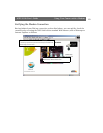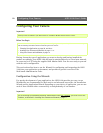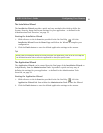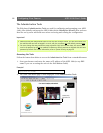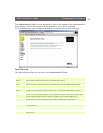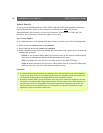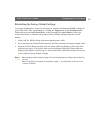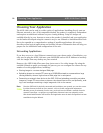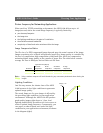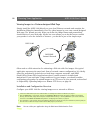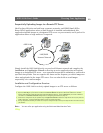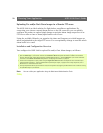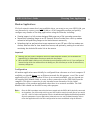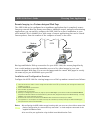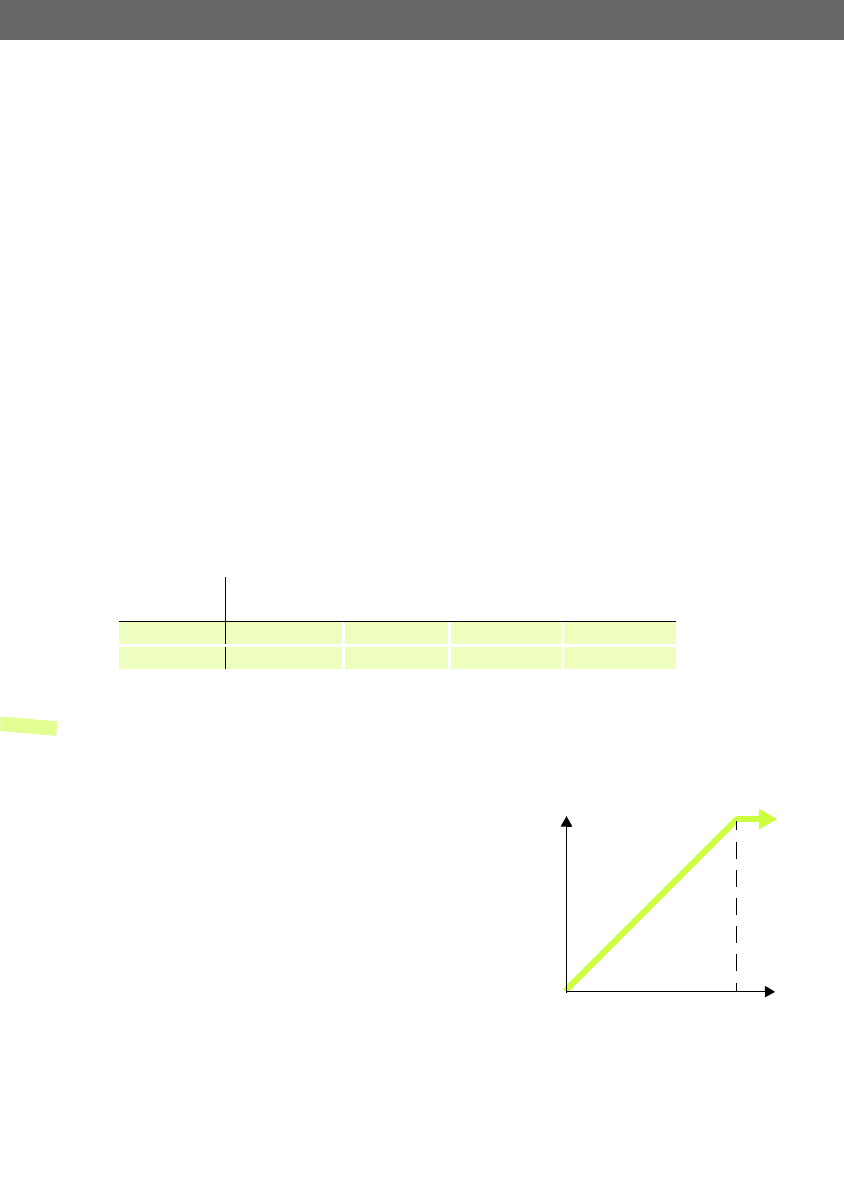
AXIS 2100 User’s Guide Choosing Your Application
27
Picture frequency for Networking Applications
When used in a TCP/IP networking environment, the AXIS 2100 delivers up to 10
images/second; where the actual image frequency is typically limited by:
• your browser/computer
•the image size
• the lighting conditions at the point of installation.
• the available network bandwidth
• complexity of detail and color variation within the image
Image Compression Ratios
The file size of a JPEG-compressed image depends upon the actual content of the image.
Images containing a lot of detail will generate larger files. Image quality is controlled by
the level of compression; high compression yields small files, while low compression
maintains higher image quality at the expense of larger files. The table below contains
average file sizes in kilobytes, derived from real-life tests:
Note: Using a modern computer will avoid introducing any unnecessary bottleneck when viewing the
images.
Lighting Conditions
Just like any camera, the shutter time of the AXIS
2100 increases in low light conditions to guarantee
optimal image quality.
The actual frame rate for your images is affected by
the prevailing light conditions in your application
environment. Although the AXIS 2100 will produce
good quality images right down to 3 Lux, local
lighting should ideally be stable at 40 Lux or more to
achieve optimal image frequency. Consequently, you
can expect a reduced frame rate under low light
conditions in your application environment, as shown
in the diagram (right).
Typical File Sizes (kbytes)
Resolution
At lowest
compression
At low
compression
At medium
compression
At high
compression
640 x 480 250 kb 20 kb 13 kb 8 kb
320 x 240 70 kb 8 kb 5 kb 3 kb
Images / sec.
Lux
2
10
3
40
More light = better f
r
amerat
e



